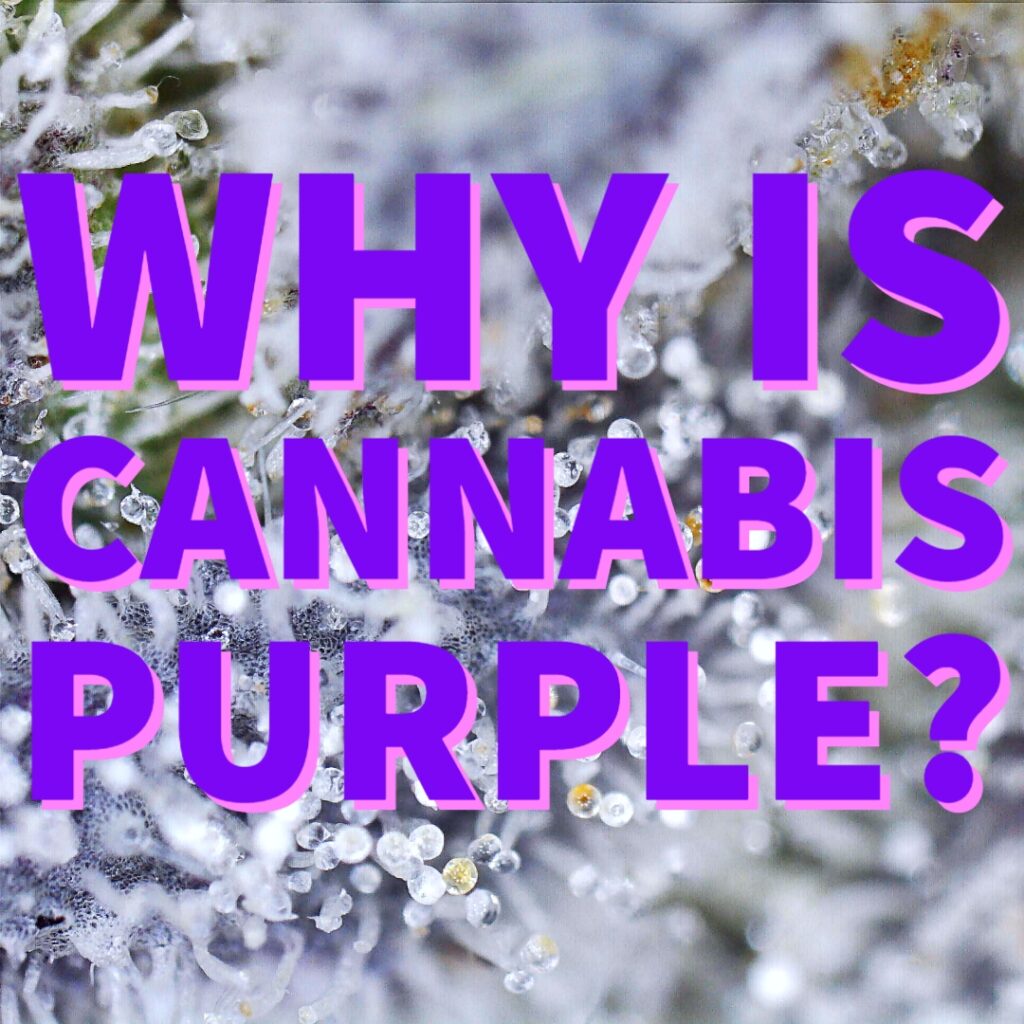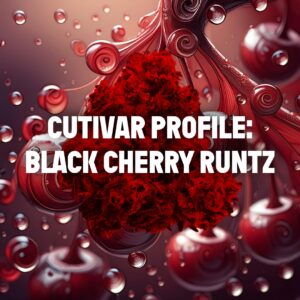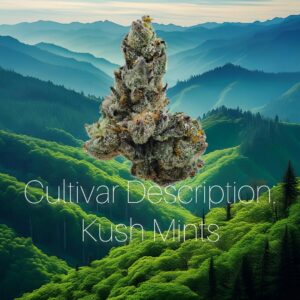Let’s talk about where all the purple comes from in our cannabis! This post will touch on our previous posts, Flavonoids in Cannabis and The Entourage Effect. Get caught up on those two posts before you keep reading..
The purple color in some cannabis cultivars is caused by the presence of pigments called anthocyanins. Anthocyanins, a class of flavonoids, are water-soluble pigments that are found in many plants, including grapes, blueberries, and eggplants. They are responsible for the red, purple, and blue colors in these plants.
In cannabis, anthocyanins are produced most prominently in the plant’s leaves and flower buds in response to cold temperatures during the flowering stage. The cold triggers a genetic response in the plant that causes the production of anthocyanins much like other plants do in fall. The amount of anthocyanins produced and the intensity of the purple color can vary depending on the cultivars genetics, the temperature, pH levels. and other environmental factors. When exposed to cooler temperatures, especially at night, some cannabis cultivars produce higher levels of anthocyanins, which can result in beautiful purple or blue hues in the leaves, flowers, and stems. We look for plants that have coloration due to good genetics not temperature stress.
However, not all cannabis cultivars produce purple coloration, and the intensity of the color can vary depending on the specific cultivars’ genetics and growing conditions. The purple coloration does not affect the potency or quality of the cannabis, but it’s visually appealing and a desirable trait for us at Curated Cannabis.
In addition to their aesthetic appeal, some studies suggest that anthocyanins may also have health benefits. They are thought to have antioxidant and anti-inflammatory properties and may help protect against certain types of cancer and cardiovascular disease. However, more research is needed to fully understand the health benefits of anthocyanins in cannabis.
Researchers have also shown that cannabis flavonoids may work synergistically with other cannabinoids, like THC and CBD, to enhance their therapeutic effects (see “The Entourage Effect”). Some studies suggest that flavonoids may also increase the bioavailability of cannabinoids by inhibiting certain enzymes that break them down.
Luckily now some restrictions on testing have been lifted. We should start to see amazing new technologies evolving in the world of cannabis flavonoids, specifically anthocyanins.
Stay purple and stay safe!


